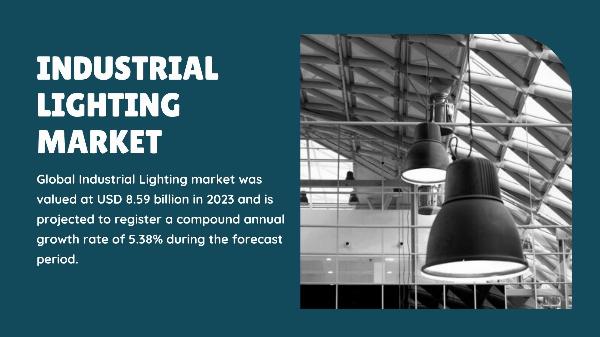Tariff Realities: Impact on Retail Sales, Import/Export Prices Ahead of Fed Decision

The markets are currently digesting a slew of key economic data, with pre-market futures indicating a decline. The Dow Jones Industrial Average is currently giving back -180 points of its gains made yesterday, while the S&P 500 and Nasdaq are down -20 points and -90 points respectively. Bond yields are also slightly lower, with the 10-year yield at +4.41%, the 2-year at +3.94%, and the 30-year yield at +4.92%. Retail Sales for May disappointed, with headline Retail Sales coming in at -0.9%, even lower than the expected -0.6%. This is the lowest we’ve seen since January and below the consensus estimate. Auto Parts fell -3.5% for May, followed by -2.7% in Building Materials. Conversely, Sporting Goods grew +1.3% and Furniture +1.2%. Excluding big-ticket auto sales, the number ebbs to -0.3%, still worse than the +0.1% analysts were expecting. The Control number, a key inflation metric, was the sole bright spot here, coming in at +0.4%, up from April’s downwardly revised -0.1%. These numbers reflect the tariff realities in U.S. retail, with headline month-over-month Retail Sales blossoming up +1.7% in expectation of complications regarding tariffs President Trump had been promising. Imports and Exports also showed a decline last month. Import Prices were unchanged for May: 0.0% versus expectations of -0.1% but down from the unrevised +0.1% from April. Ex-fuel costs, +0.2% is the number — half what was posted a month ago, which was the highest figure registered since April of last year. Export Prices sank -0.9% last month — the worst print in over two years. Year over year, U.S. exports are +1.7%, the lightest read of the year and 80 bps lower than the +2.5% analysts had been looking for. The Federal Open Market Committee (FOMC) Meeting starts today, but no change in interest rates is expected. We don’t see these lower numbers as enough to tip the scales in terms of the Fed deciding to cut interest rates at this time. We strongly suspect much of these aberrations are tariff-related; once the Fed has some clarity on global trade, it will have more confidence to adjust rates to both control inflation and foster full employment. The Fed’s official decision comes out Wednesday early afternoon, along with a statement from the FOMC and a press conference with Chair Jerome Powell directly following. Currently, odds are sub-50% for a Fed cut until September, with a growing number of analysts now conceding there may be no rate cuts in 2025 at all.
The decision by the Federal Reserve on interest rates will be closely scrutinized, considering its potential to either reinforce or offset Tariff Realities' impact on retail sales and import/export prices.














